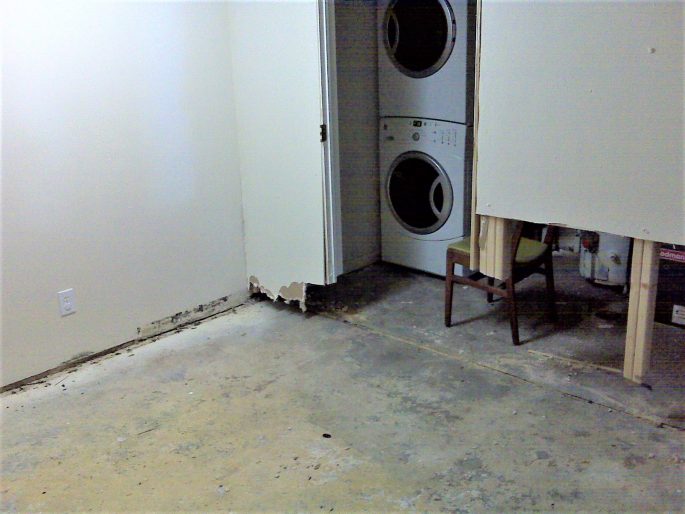Being confident in tackling water damage and losses is an important role for maintenance and restoration staff. So, naturally, ensuring you have a complete understanding of the best drying technology and methods to use is critically important.
Dan Mesenburg, former IICRC board director, IICRC-approved instructor, and co-owner of a ServiceMaster Restore franchise, has offered some key tips to bolster this assurance.
Moisture sensors
A moisture sensor is the simplest of instruments, used to simply determine whether a material is wet. Generally, it is used for reading moisture in carpet and pad.
Moisture meters
These meters take some of the basics of the moisture sensor and combine it with the ability to measure the amount of moisture in a material.
Wood Moisture Equivalent
Wood Moisture Equivalent (WME) is a reading of a material using wood-calibrated moisture meters on non-wood materials. However, it should not be read as the moisture content of the material.
Relative readings (REL)
Relative readings are taken by properly holding the meter against the surface of the wet material and documenting a reading from the relative scale of 1-100, 0-300, 0-999, or others. It should not be converted to per cent moisture content and should remain as read.
In recent years, new non-invasive wood-calibrated meters have also come to the fore. These can read the per cent moisture content for the wood type selected.
Mesenburg stresses that it’s best to obtain a dry standard on like materials in the same building using the same meters in all cases to eliminate variability in the readings.
Thermo-hygrometers
Thermo-hygrometers measure air temperature and relative humidity with values that can be used to calculate other psychrometric readings like grains per pound (GPP), vapour pressure, and dew point. Typical readings within a structure are affected air, unaffected air, dehumidifier output, the HVAC system, and outdoor air.
Thermal imaging cameras
Thermal imaging cameras are increasingly accessible and highly useful, as they detect thousands of temperature points across a surface and provide the user a picture of those temperatures. However, they do not tell users what is wet. What they do provide is the temperature of the materials: cooler temperatures could indicate evaporation is present and therefore wetness.
Improving your knowledge
The final step for using all these tools on losses is to develop best practices.
Here are a few items to consider when using the technology available:
- Ensure you understand:
- The high- and low-temperature and humidity ranges
- The depth pins or radio frequencies are expected to penetrate material
- The readings given and what they mean (degrees, REL, WME, etc.)
- The proper use to obtain accurate readings.
- Train your technicians on proper use when new, as well as annually, at a minimum.
- Understand the opportunities for false readings on each technology type.
- Understand the limitations (depth into material, environment, etc.).
- Change the batteries often or have spare batteries available always.
Understanding this technology and the options available allows the restorer to provide a professional and well-documented summary of drying the loss, stresses Mesenburg. This will not only result in a happy customer but also provide protection from liability later.









